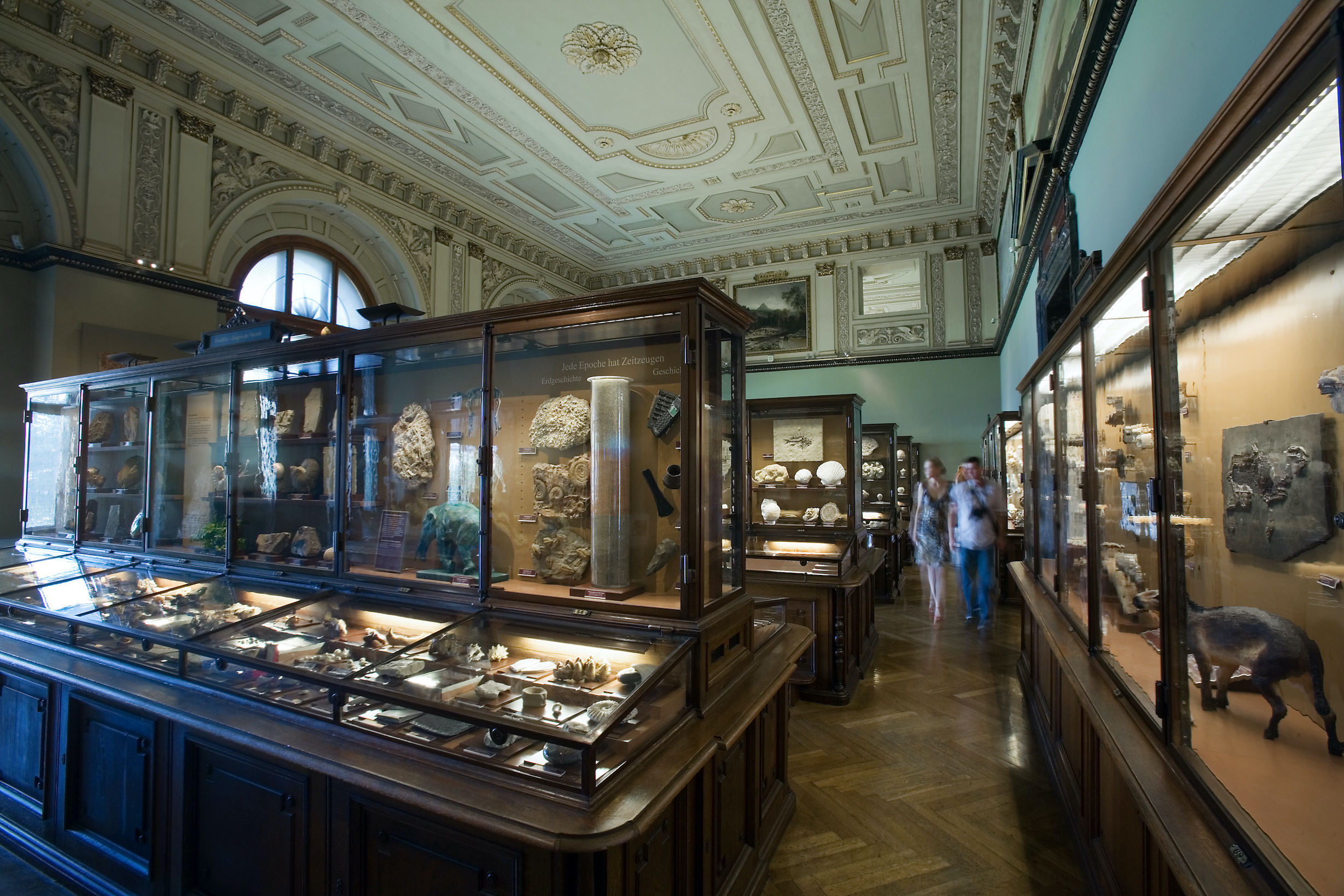Sometimes we are inspired in life, but there are also moments when we inspire others. This is especially true in the world of educators. When it comes to Online Global Collaboration, there is a heavy reliance on educators sharing their stories and ideas they have used to connect with others around the globe. Even if the idea does not result in success, it is still important to share because you never know when someone else might come up with the missing gear to make the project work.
In The Global Educator book, Julie Lindsay does a great job using case studies to highlight educators who promote Online Global Collaboration. These case studies are great examples of sharing information so that others are inspired to achieve a level of collaboration within their classrooms and schools.
Two specific case studies that I feel can be used to show the importance of caring about others around the world include:
- Case Study 3.5- Tracy Winey: One Million Lights
- Case Study 3.7- Pernille Ripp: Global Read Aloud
In Case Study 3.5 we learn about Tracy Winey’s redeveloped project to help bring light to different parts of the world at night so that children can read. The project was originally developed in her school in Colorado. With the project, she redesigned elements to allow for a better alignment to global collaboration. What I like most about the project is the idea that students get to work with others to co-create something.
Using 3-D printing, students could design lights that could be used in various parts of the world. Students from the United States and Canada worked to bring these lights to disadvantaged communities in Uganda. The problem was one that the children could help solve which is a good way to get them involved in wanting to help others. If the students do not feel as though they can make a difference, it can be much harder to motivate them to work on a project.
If you are interested in learning more about One Million Lights you can check out this blog.
Case Study 3.7 from The Global Educator has a similar message of the importance of global collaboration. This case study focused on Pernille Ripp and the Global Read Aloud. Those involved decide on a book that is appropriate for the class that is participating. From here, they work together with other classes to organize when chapters are read. The students can then discuss ideas that come up from their reading and can collaborate with their partner classes to work through them. They can be inspired to create projects to address any social injustices they come across.
The best part of the project that Pernille Ripp discusses is that collaboration does not need to necessarily take place globally. The connections can be made with other classes from within the United States. By using a commonality, the students find ease in communicating with others that would typically classify as different. More information about Global Read Aloud can be found on their website.
The idea that students can be introduced to Online Global Collaboration in a way that is not overwhelming will allow for more complex connections to be made in the future. These educators and students can share what they have learned from these experiences to hopefully inspire others to collaborate as well.
I encourage you to read more case studies with similar messages in The Global Educator. We can learn by example and then be inspired to do something more that will show care and compassion to those who may need it most.
Please let me know if you have any examples of projects that can help facilitate Online Global Collaboration below!







